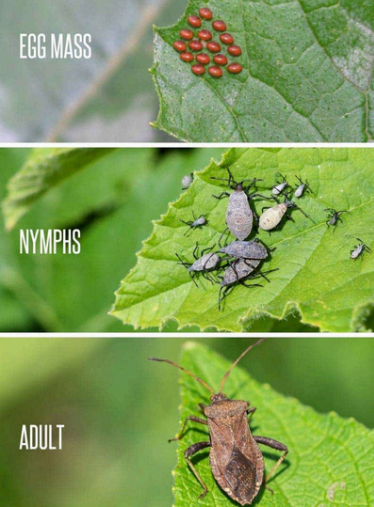Pesky Pests – Personal Experience Dealing with Those Vermin

Jack Titchener | Oklahoma Conservation Commission
Growing squash in Oklahoma can be challenging. In addition to the weather and diverse soils, squash bugs can be a real menace when it comes to cultivating these plants.
For some gardeners, it has gotten so bad that they have banished squash from their garden altogether. If you still believe, here are several tips that I use to increase my chances of a successful harvest.
Mechanical Controls
Row Covers: Try using lightweight row covers to protect young plants from squash bugs during the early growing season. These should be installed during planting and sealed to prevent bugs from entering
Hand-Picking: Regularly inspect plants and hand-pick adult squash bugs and nymphs. This method is most effective when done frequently, especially early in the season.
Biological Controls
Companion Planting: Planting certain companion plants, such as alliums (like garlic and onions) and marigolds, can help repel squash bugs and reduce their populations.
Sanitation Practices
Debris Removal: After harvest, remove all plant debris and till the soil to eliminate overwintering sites for squash bugs. This helps reduce their numbers for the following season.
Cultural Practices
Crop Rotation: Rotate cucurbit crops with non-cucurbit crops to disrupt the life cycle of squash bugs. This can significantly reduce their populations in subsequent growing seasons.
Timing of Planting: Delay planting of winter squash until later in the season to avoid peak egg-laying periods of squash bugs, which typically occur in late spring.
Monitoring and Thresholds
Regular Scouting: Monitor plants regularly for signs of squash bug activity, including wilting leaves and visible bugs. Keeping records of pest populations can help inform management decisions.
By implementing these IPM methods, gardeners and farmers can effectively manage squash bug populations while minimizing the impact on the environment and beneficial insects. These strategies promote a sustainable approach to pest management in squash and other cucurbit crops.
